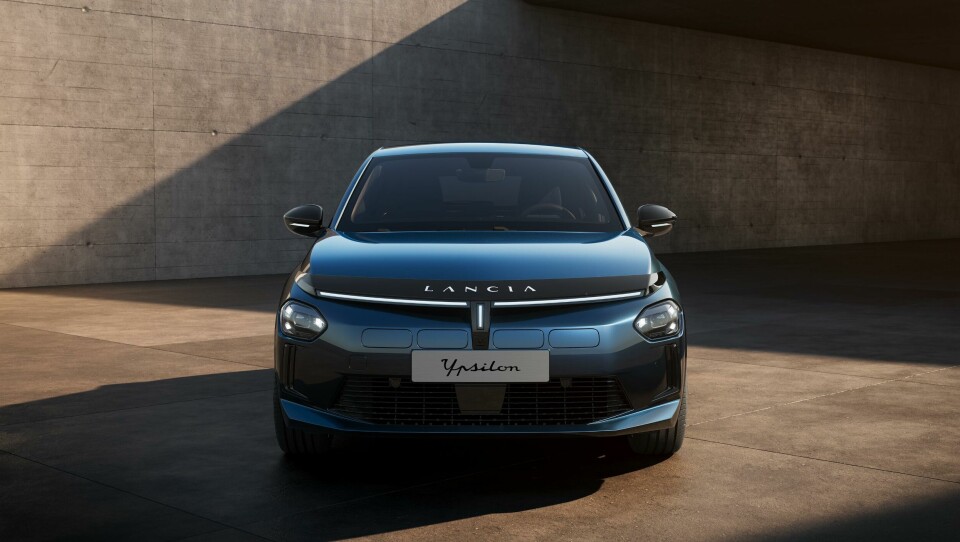
Make Lancia great again – CDN visits Centro Stile
Brutalist architecture, classic italian furniture and bold geometry are the nucleus of Lancia’s revival. Car Design News paid a visit to Centro Stile to hear from new design boss – and brand super fan – Gianni Colonello
For years Lancia was the forgotten brand in what was then the FCA portfolio. Lacking the glamour of sister brand Alfa Romeo or the everyman charm of Fiat, the Italian brand was like the office plant that never got watered but was somehow still alive.
Key to Lancia’s survival was the Ypsilon, known overseas under the Chrysler name, which sold by the hatful. The merger of FCA and PSA to form Stellantis in 2021 brought with it a restructure and an ambition to restore the brand back to the glory days of Italian state visits and 80s rally championships.
The resurrection began with Jean-Pierre Ploué’s appointment as design director of Stellantis’ European brands, who in turn was charged with giving special attention to Lancia. Car Design News spoke to JPP as he was new into the role, and understandably details were sketchy.
What was clear was that without attention, the Lancia brand would wither away. As Ploue set his sights on what Lancia could be, Alfa Romeo was in the process of developing the Junior using the Stellantis Common Modular Platform (CMP). With a ready-made vehicle architecture in place, the question became: what is a modern Lancia?
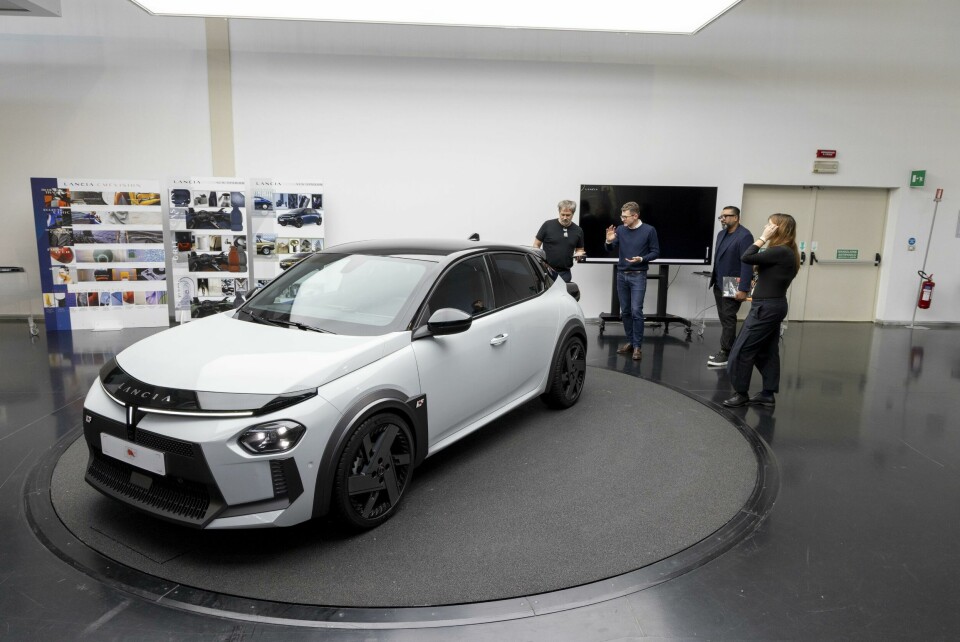
“The last really great car the brand produced was the Delta,” says Ploué. “As a designer, you put your heart into the design, but there had been no research on the DNA of the brand for 30 years. I used my expertise to put the right things in place, but I needed a talented Italian designer.”
With a background in architecture, Colonello was well-placed to bring his vision to Lancia, which he describes as an ‘architectonical’ brand
Indeed, the new Lancia story is as much a case of the brand rediscovering its Italianness. It wasn’t long into Ploué’s tenure till a suitable candidate emerged. Gianna Colonello had been drafted in as de facto design head early in the process, but it was clear he was the man for the job.
“In the 70s and 80s it was Alfista and Lancista. Today, that is less evident but then it was really strong. I was the only fan of Lancia in my family,” Colonello explains. “I have owned a Lancia Beta HPE for about ten years. When the chance came to relaunch the brand, I put myself forward. The team was four people, now we are around 20. Colonello was officially named as design head in May 2024.
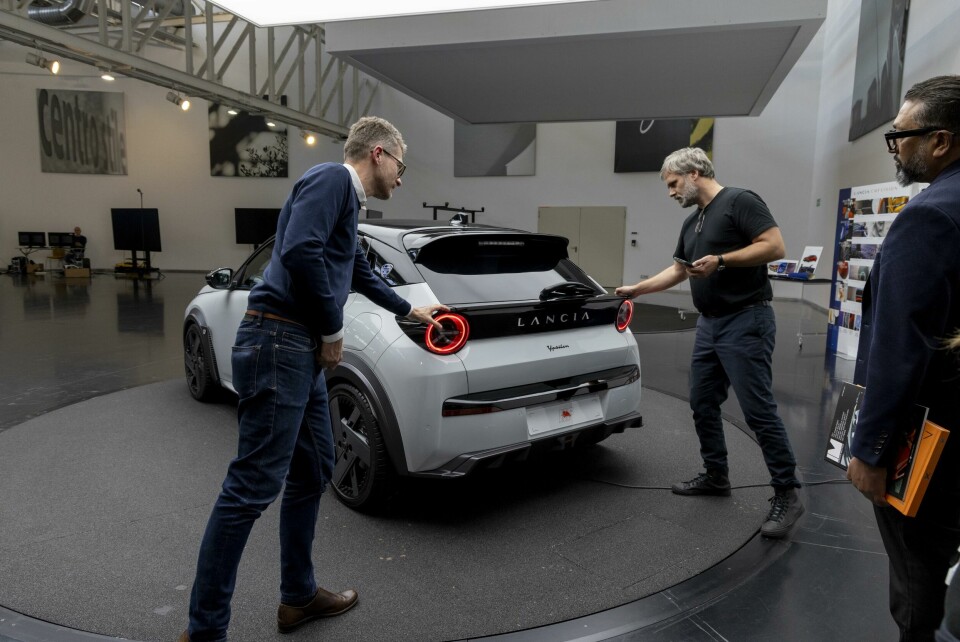
The designer had previously headed up interior design for sister brand Maserati. His experience at the brand, which treads a path between luxury and performance, has held him in good stead. The idea Colonello and the team clustered around was ‘progressive classic’, acknowledging Lancia’s historic role as carriages for offices of the state, but leaning embracing modern technology in a way that would be ill-suited to brands like Alfa Romeo and Maserati.
With a background in architecture, Colonello was well-placed to bring his vision to Lancia, which he describes as an ‘architectonical’ brand. Recent, and the term recent has a fair amount of bandwidth here, models confirm Colonello’s analysis. Take the aforementioned Delta: revered in motorsport thanks to its super quick Integrale iteration. The boxy geometry etched out by Italdesign is pure Brutalism. Less well-known models, like the Dedra, conform to similar aesthetics. Going back further to the Fulvia Zagato, inspiration becomes more literal – the hexagonal Ypsilon headlamps, for example.
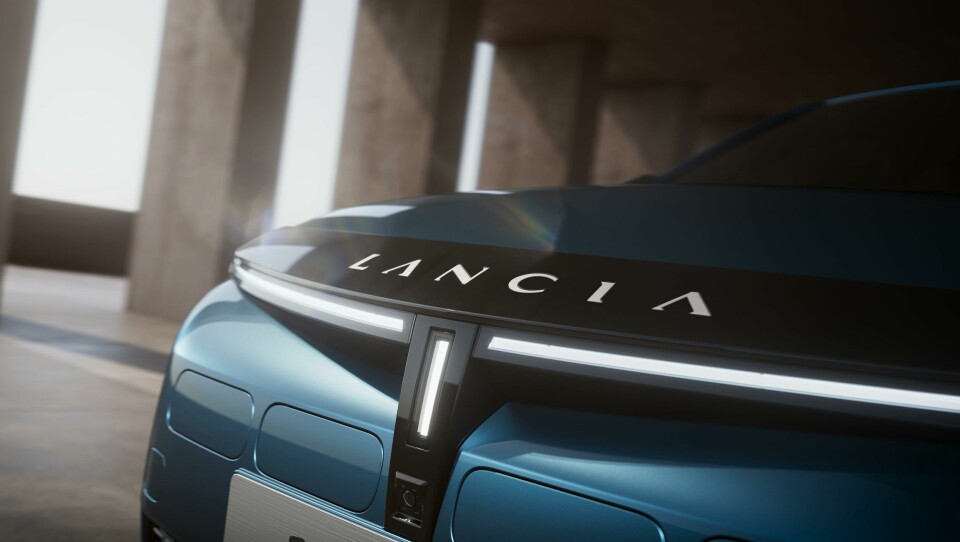
The scale of post-war design movements allow for wide-sweeping interpretations, but for Colonello’s inspiration was both more personal and specific. The designer grew up near Treviso, home to Brion’s Tomb designed by Italian modernist Carlo Scarpa. For Colonello, Scarpa has a personal resonance. The architect died in 1978 after falling down some steps in Japan and was buried next his own masterpiece. At the time of his death, Colonello was a child and the building was new. “I was raised close to where the cemetery is and my grandfathers are in the same area. I remember visiting the building when I was young.”
The CMF team went all in on a deep blue of such depth you feel like you’ve plunged into a Luc Besson film
As such, Colonello proposed using Scarpa as inspiration for the new Ypislon. “Everyone understood how the Italianness, the radicality and eclecticism and the brutalist nature of this architecture brought it all together.”
The new form language made its mark in the showcar that appeared on the streets of Milan during the Salone in 2023. Circles and triangles formed the geometry while plush materials that borrowed their look and feel from another Italian icon, Cassina furniture, comprised the interior. Quirky interior features like a circular “coffee” table thankfully made it into the production car, which is a genuinely interesting proposition.
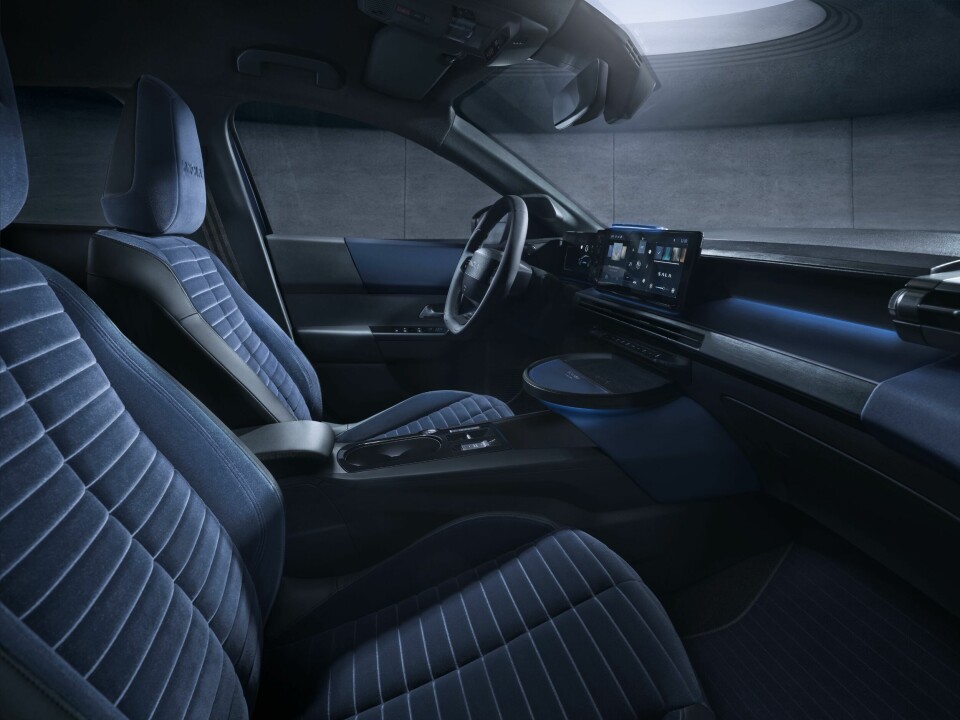
The Ypsilon front face, too, is defined by a striking three-element T-shape light signature flanked by hexagonal headlamps and topped by a gloss black boomerang in the hood. The rear features protruding circular taillights housing a Y-shape signature, which emerge from a clean body panel that splits either side of the light casement to form a horizontal V-shape. It is slightly unusual, in a good way. The launch car featured warm rusty hues, which underline the home furniture inspiration.
This unusualness is amped up with the Cassina and HF versions of the Ypsilon. Interiors drained of colour have been something of a bugbear of late, with muted Scandi aesthetic carrying all before it. With the Cassina and, to a lesser extent, the HF, CMF chief designer Laura Brunet went all in on a deep blue which feels like you’ve plunged into a Luc Besson film. The metaphor is apt, the material is a recycled nylon reclaimed from the sea.
“What was missing was something that acknowledged how glorious the Delta HF history was. In this case, we focused on the strength of the colour so we have this super bright blue combined with the dynamic graphic on the IP,” says Brunet. “The seat is sporty but with this duvet effect created from Econyl Yarn, which can be lasered. The old HF had this diagonal pattern which we recreated using cutting-edge technology.”
You will recognise they are from the same family but not just scale versions of the others. They each have their own soul
The HF version is due to arrive in 2025. The Ypsilon is the first step on the road back for Lancia. The next one will be the relaunch of the Gamma, scheduled for 2026. “We will be stepping up from the B-segment to the flagship car so there will be some evolution of design language. You will not find an electric blue interior, but the elements we have put in place will be present,” says Colonello. Another thing the Gamma will not be is an SUV. “That world is very saturated. We think that was the right thing to go for something that was more urban.” In this case, urban means fastback, which harks back to the beautiful but troublesome original.
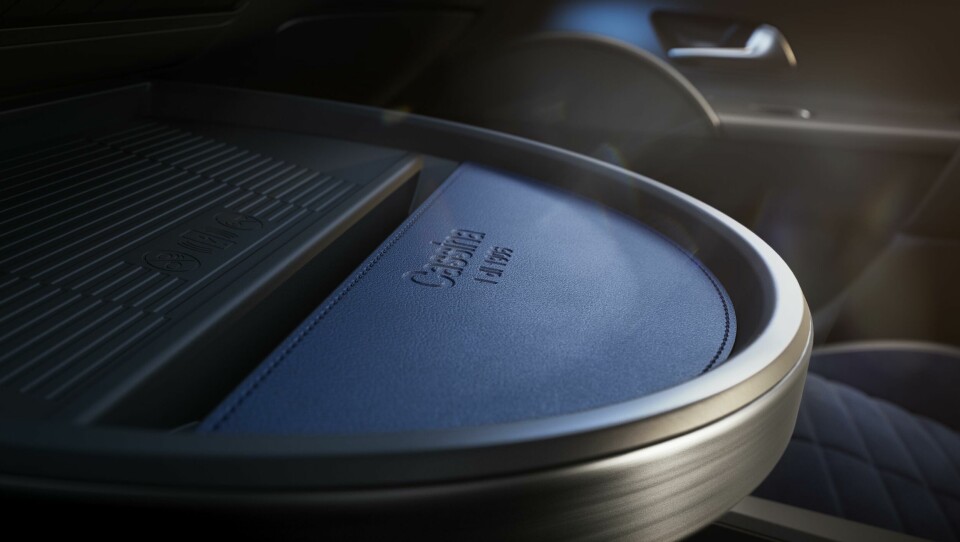
“With the supplier tradition of Italian brands, we are in a way more ‘model centric’. You will recognise they are from the same family but not just scale versions of the others. They each have their own soul.”
Is that a hard conversation to have with the money men? After all, to an accountant, copy and paste will have financial advantages. “Not really. When you really start thinking about different production plants, different timescales and different suppliers involved – scale economy between different models is not so relevant.”
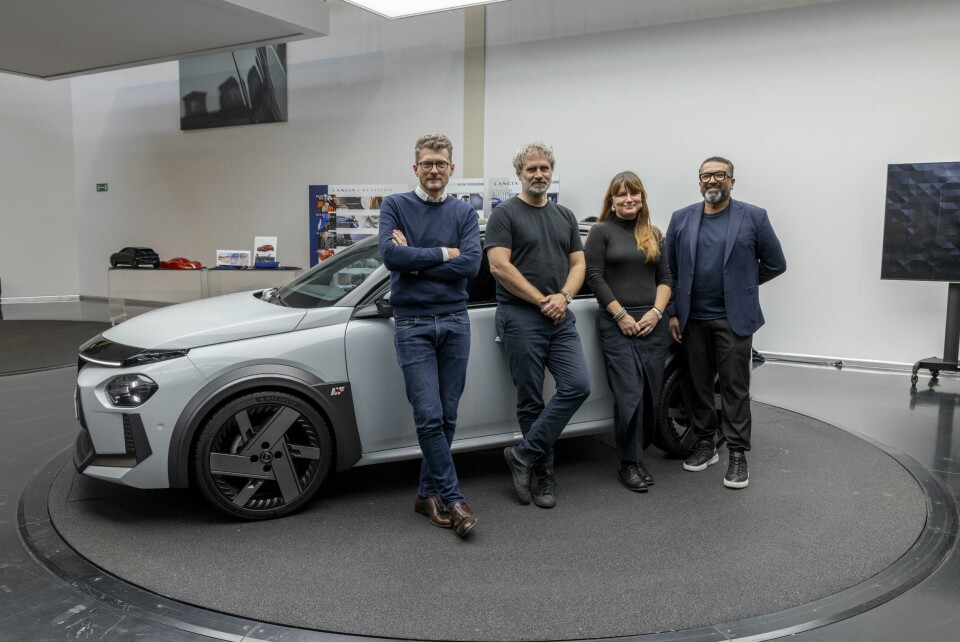
It will stay faithful to eclecticism but while colour will likely err more conservative, there will be other points of difference. “There will be a technologically new sustainable material,” says Brunet. “Innovation takes a lot of time, particularly in colour and material. And if we want to bring in inspiration from fashion and furniture, we need to adapt materials to meet automotive specifications. We are pushing hard for the future.”











